7 Things a Budding Naturalist Can’t Do Without
Poppy has always been exposed to all things nature and each time we step outside it’s a whole new adventure. As a result, she’s nurtured a love for observing, exploring her different senses, and her curiosity among the trees and open air. I’ve put together a basic list of items that we’ve included (or combination of things we’ve included) in our day pack during nature walks, hikes, and anytime we are outside that we think she can’t do without.
Magnifying glass
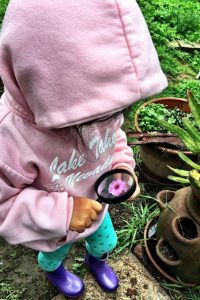
Pick things up and look at them more closely with a magnifying glass
The immediate reaction when she got a magnifying glass was to look at the closest thing to her with it. Once we began bringing it with us on our hikes, she was using it every chance she could get to look at rocks, plants, flowers, and so much more. It’s especially helpful when she began picking things up and feeling them in her hands. We have a basic one but here’s one that allows for hands-free viewing and is perfect for little hands.
Shovel

Dig under streams or puddles with a shovel
Bringing our beach shovel was something she started doing on her own. She saw it laying in her toy bucket one day and the next thing I know it’s stuffed into her backpack along with all the other things we bring. Since we are always on the hunt for muddy puddles or any water even if it was mucky, the first thing she would grab was her shovel. She uses it mostly to dig up dirt and rocks in the water, but they’re especially handy in making mud pies! You can use a less expensive one for quick trips out but I suggest a stronger one like this one by Melissa & Doug which we use as it stands up to the constant digging over time.
Binoculars
Her binoculars is the item we’ve had the longest since she began using any sort of tool outdoors. We have the Geosafari Kidnoculars and shes
used them for over a year. These particular binoculars are great because there’s a groove that sits right on your child’s nose so it helps them be more comfortable and used to the idea of holding a pair up. Poppy would put these on as soon as we stepped outside to observe birds she would hear in trees. The magnification is only 2x but that’s really all you need if you’re just starting out using them or until she starts taking her dads (like Poppy does now).
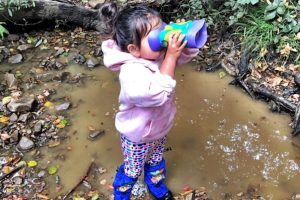
Binoculars are great for visual exploration.
Maps or literature
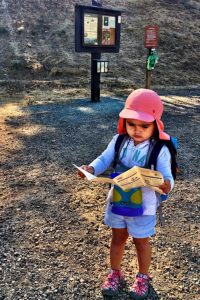
Check your trail entrances and parks for information and maps on your region
Most of the hikes we do have maps or literature about he native flora and fauna in the area. We got used to reading them and taking one if we didn’t have–that way whatever we saw on the walk or hike we could find ourselves or research more about when we got home. If we saw something that we wanted to share with other budding naturalists, we could also give them one too. Of course you could always refer to a digital copy if it is available too, but sometimes having a physical copy is handy for smaller ones just learning symbols, names, etc.
Hat
Since we’re always stopping and going on the trail or at parks, I try to keep a hat either in my pack or hers. Thankfully she loves wearing hats (I think she got that from her dad whose hats are just extensions of his head). We love our Columbia Sports Junior Cachalot because it’s adjustable and she’s been wearing it since she was a 1-year-old. It’s durable, UPF 50, and can get wet. If you have a toddler you know how some short walks turn into 2+ hours, so having a hat will give you the greatest protection so your little one can focus on having fun.
Camera
We don’t have a good camera. Yet. With that said we have our smartphones with us constantly so if there’s really something that catches her eye, we can snap photos of it and save it for later. She loves looking at photos after our day and remembering what caught her eye. I forget sometimes it’s so much different from when we were growing up not having immediate photos to recollect and imprint in our memories. Taking photos might just inspire her to want to find a path in photography too.
Bandana
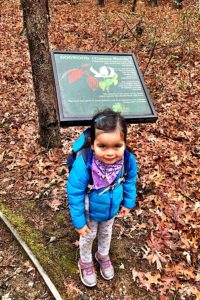
Bandanas are so multi-functional
Simply put, these are great for wiping off shovels, muddy hands, smudged binoculars, or wrapping up her quirky nature finds to-go for future observation later. I can’t tell you how many rocks I’ve found in pockets only to hear a loud clanking noise coming from the dryer. She usually just wears a bandana around her neck anyway so when we want to wipe hands or anything else, we just dip it in some water, ring it out, and tie it to her backpack to dry during the hike or until we need again.
This list will probably change as the years go by or upgraded to new versions. Here are a few other tips to keep in mind:
- If for any reason you do decide to upgrade gear or tools and it’s still in good condition, consider passing it down to someone else who may want to use it.
- Other honorable mentions include a small insect/ fish net, a small magnifying box, and a small bucket. These are great for quick catch-and-release play to study insects and other water life/nature finds.
- Bring more than one item to share with others. For instance, sometimes we bring another shovel for a friend who joins us.
- Look for nature stores to buy from. We just found our local shop and it will be our go-to for maps and other fun, exploratory tools.
- Check out your community for naturalist clubs, explorer groups, hiking groups, or local museum classes offered to kids ages 2-5. They can offer many resources for budding naturalists!
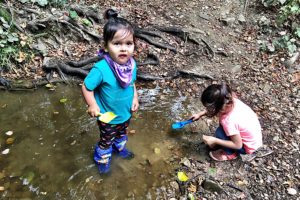
Sharing is caring. If friends are joining you, bring extras!
Is there anything you haven’t tried yet or would bring that isn’t on the list? Share them in the comments below, I’d love to hear your ideas. Don’t forget to follow us on Instagram, Facebook, or Twitter for more inspiration on getting outdoors more.
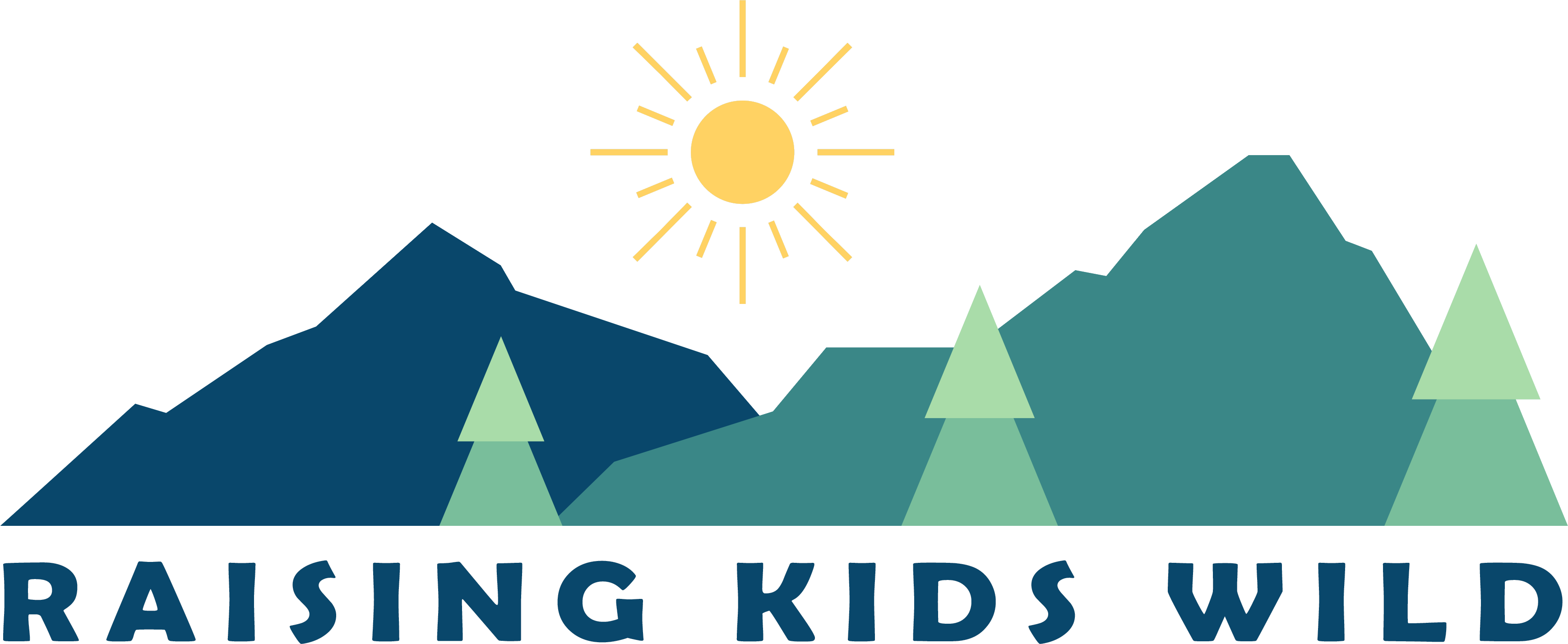
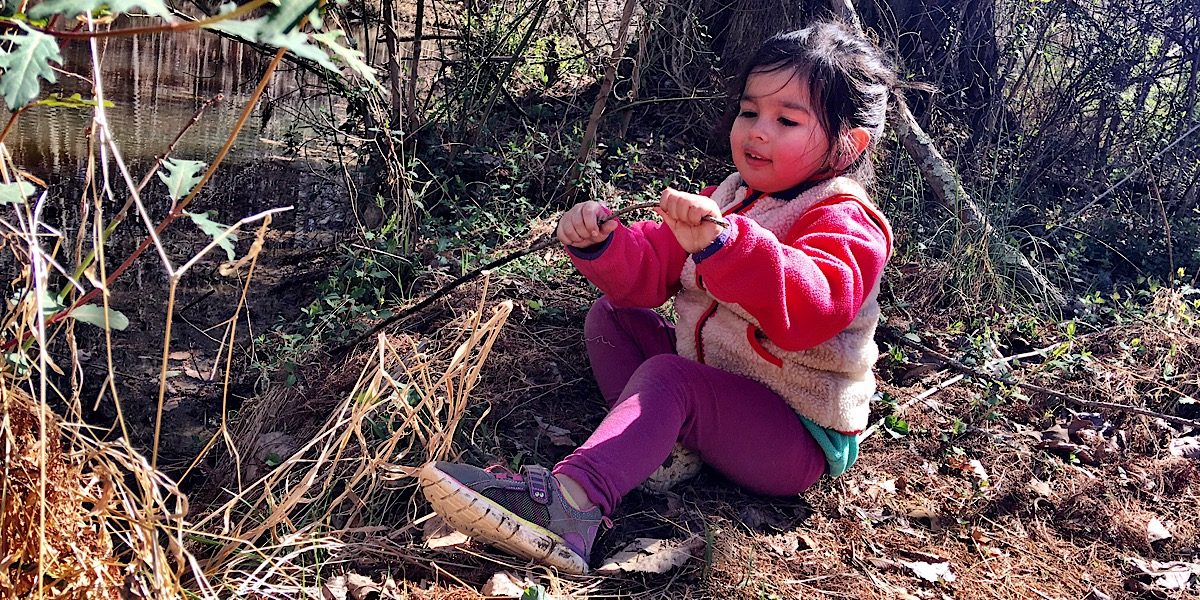

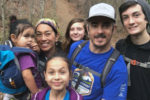
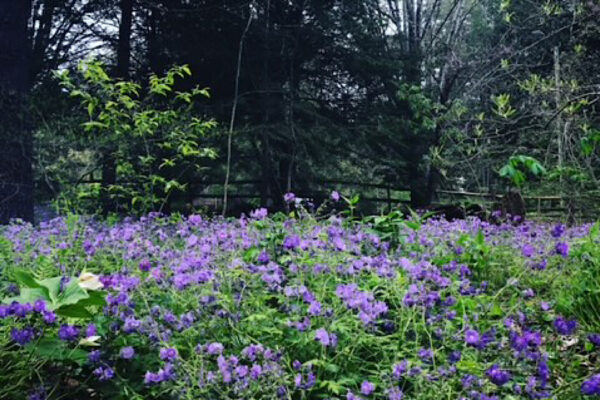
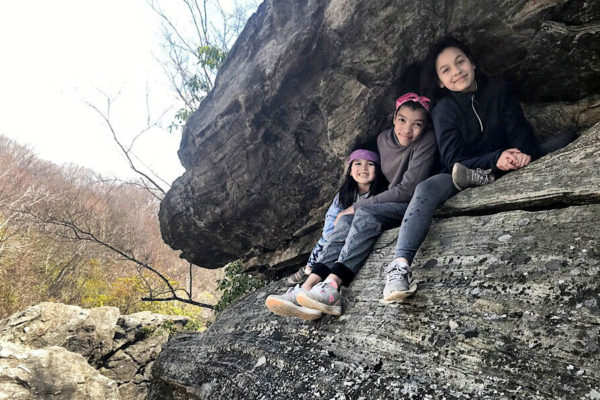
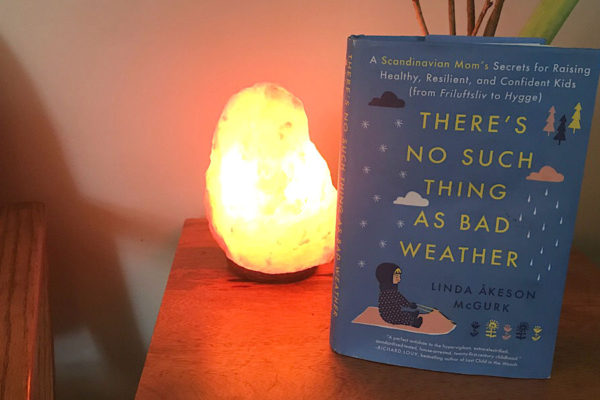
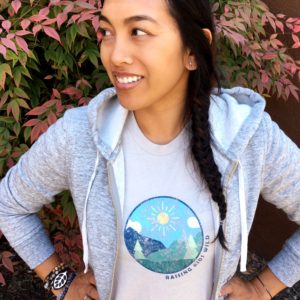
-2 Comments-
Love all these! The bandanna is a genius, we’re definitely going to have to add that to our list!
Thank you, Nicolette! We have so many and in different colors. It also cuts back on using tissues for runny noses.